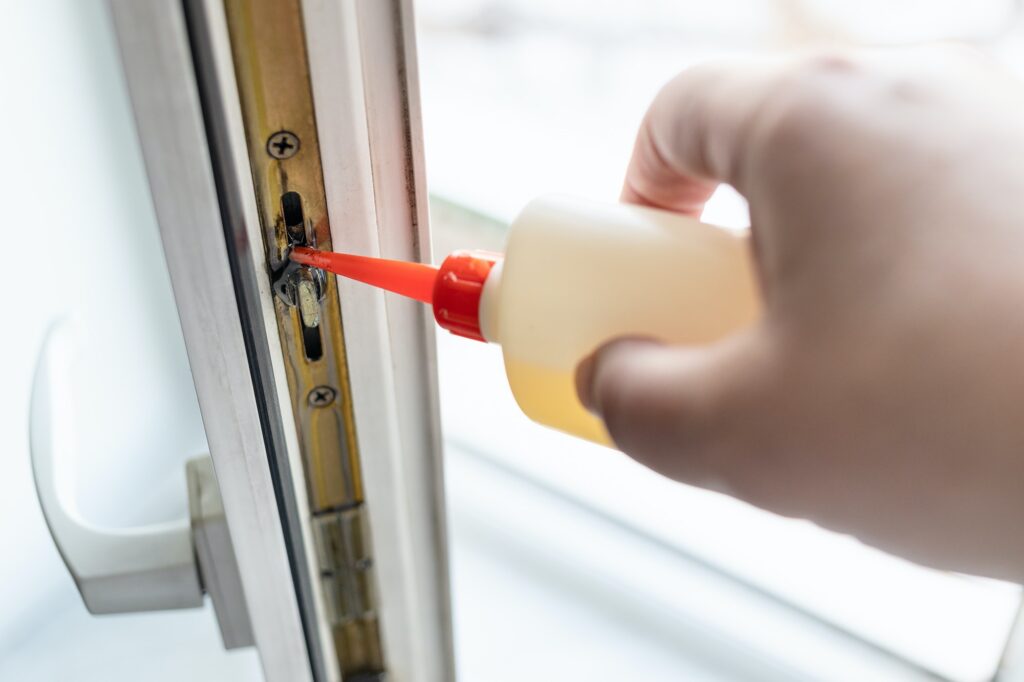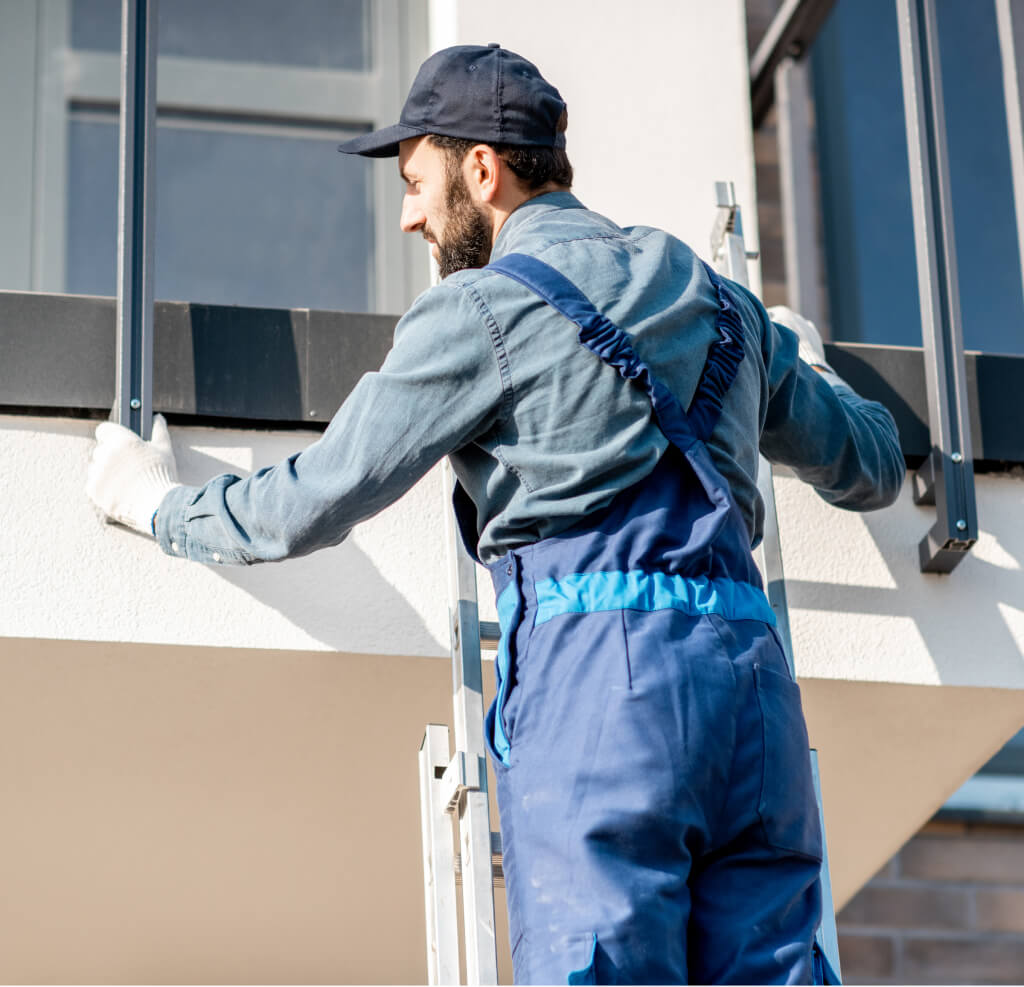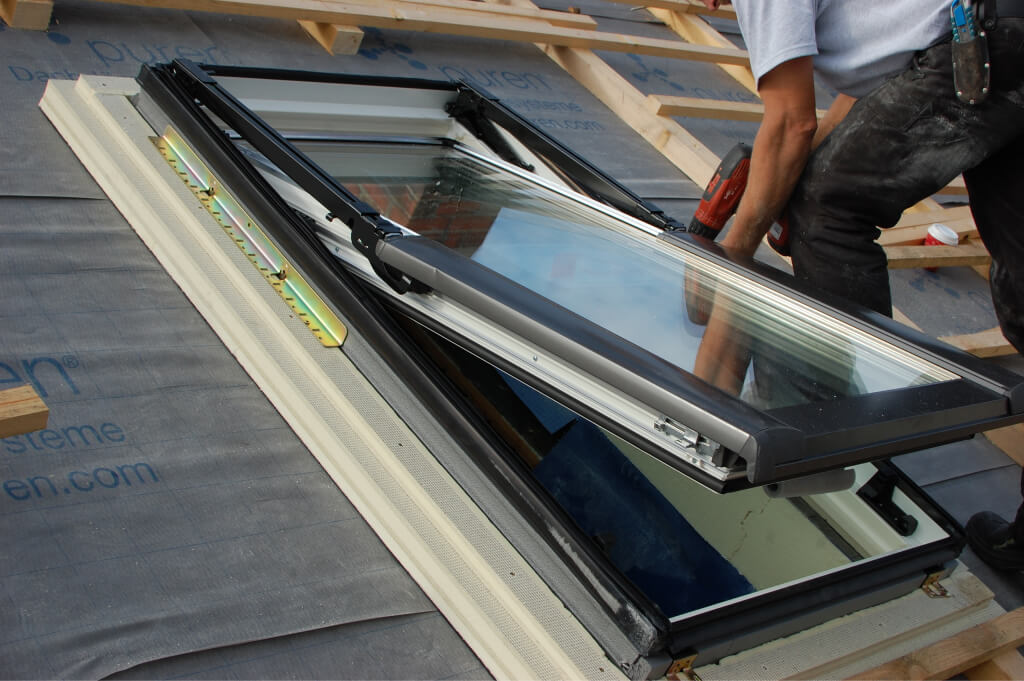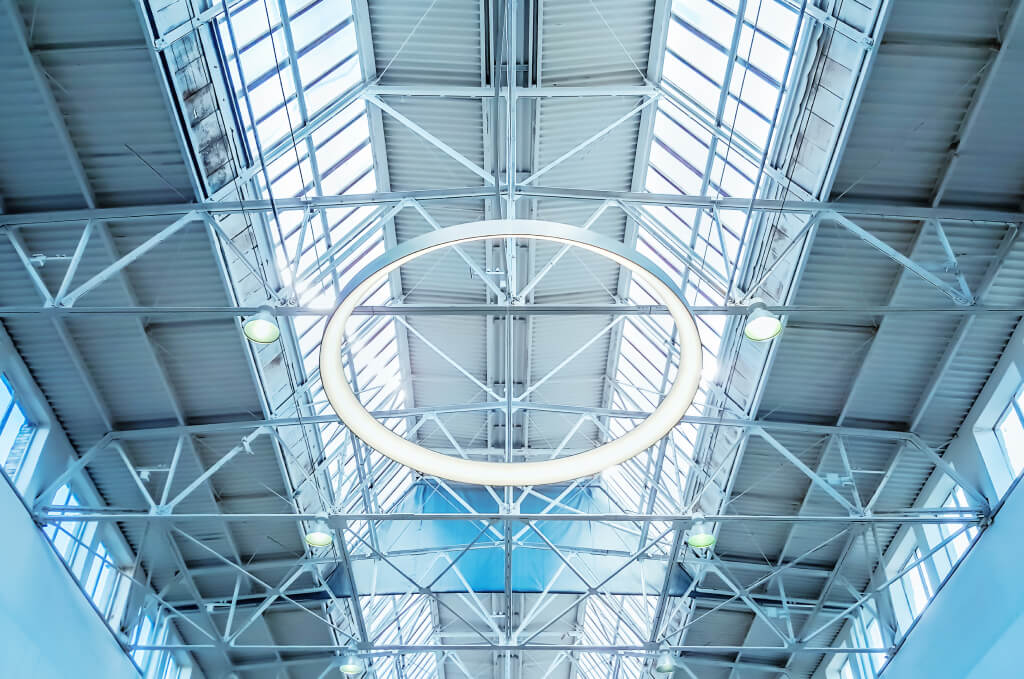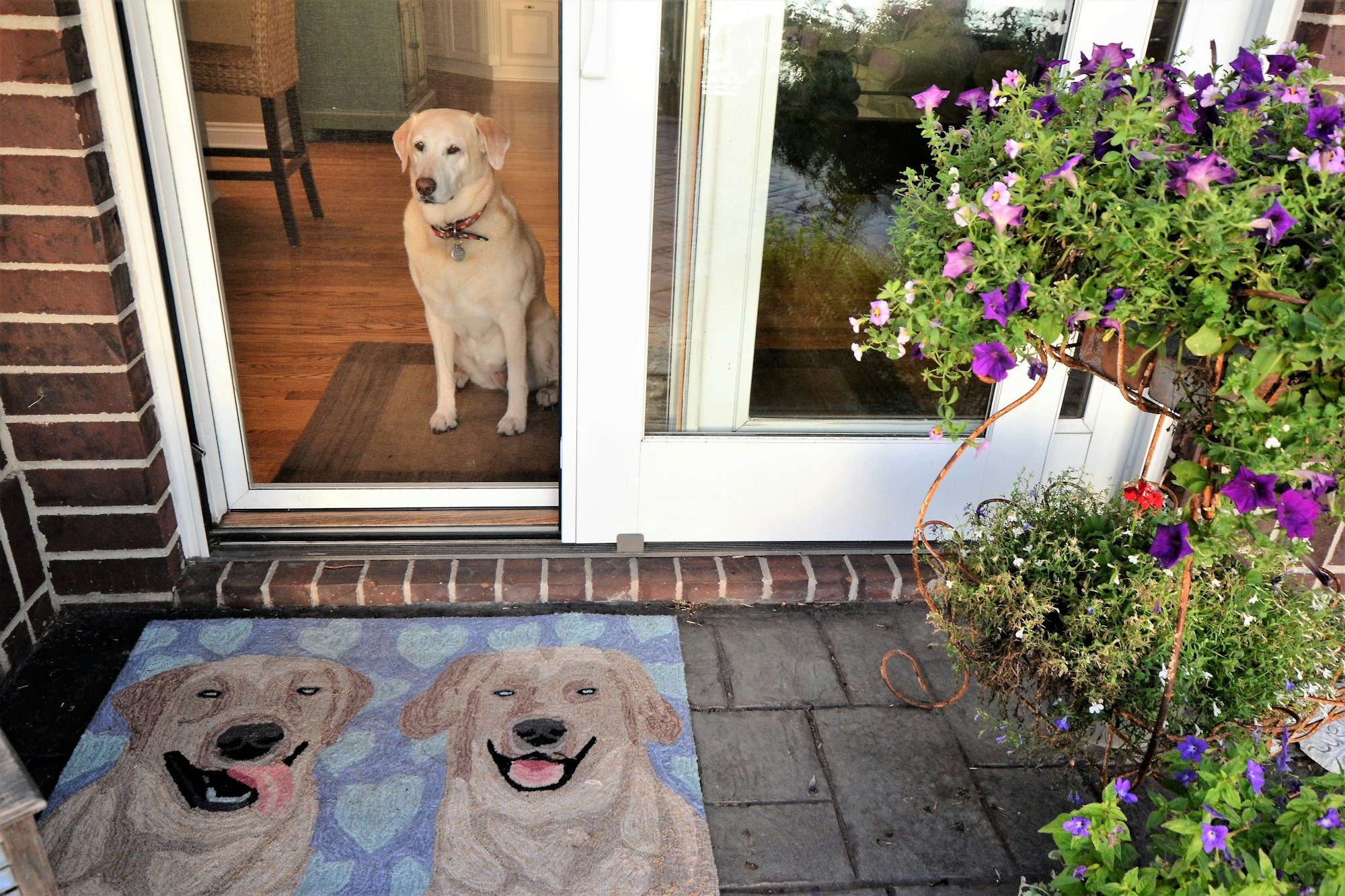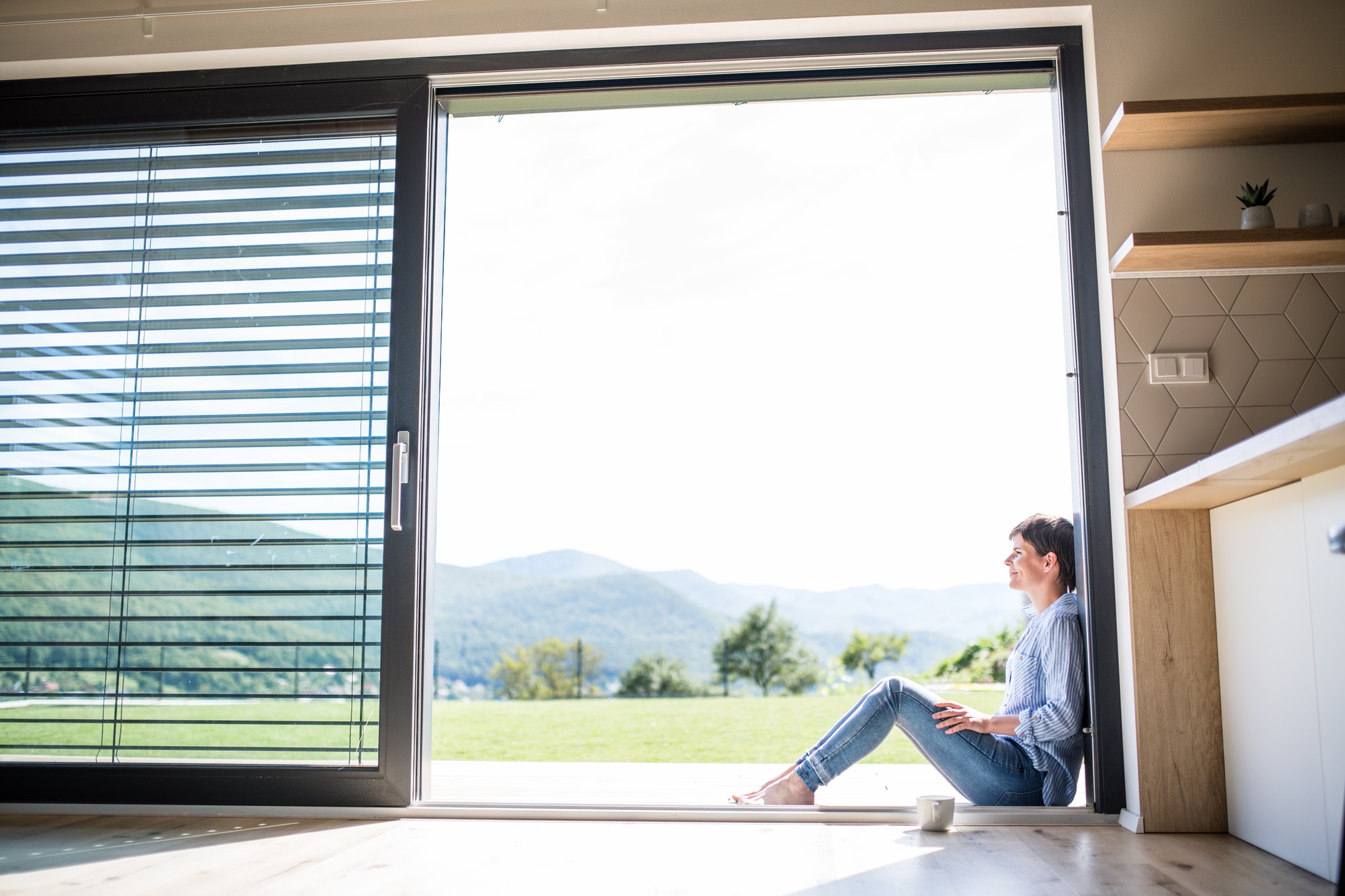One of the first things to check if your sliding door isn’t rolling smoothly is the rollers!
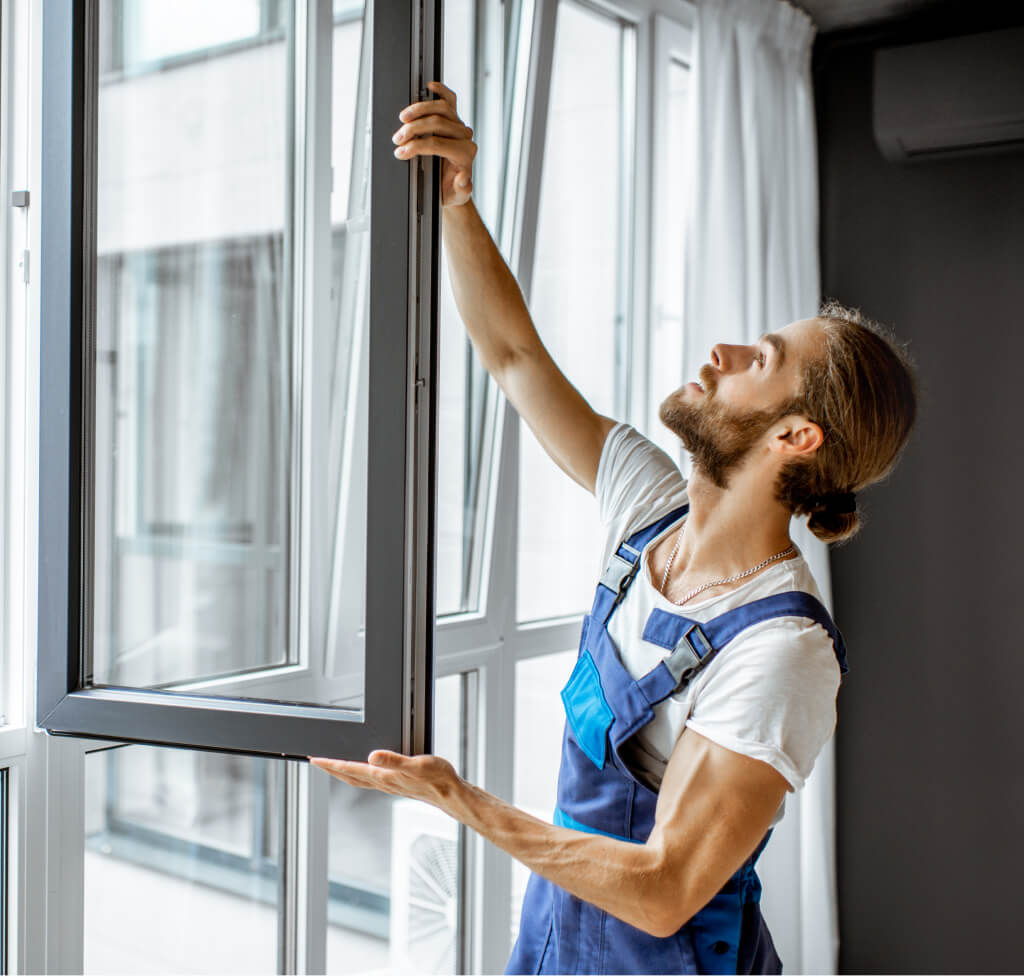
a few common reasons
Why Your Sliding Door May Not Be Rolling Smoothly?
There are a few common reasons why a sliding door may become difficult to open and close:
- Dirty or dusty tracks: Dust, dirt, and debris can build up in the door tracks over time. This creates friction that prevents the rollers from rolling smoothly.
- Bent or misaligned tracks: If the metal tracks get bent out of shape or misaligned, this can cause the door to rub and stick.
- Worn-out rollers: The plastic rollers on the bottom of the door can become worn down or cracked. This prevents them from spinning properly along the track.
- Loose hardware: Screws holding the track in place can become loose over time. This allows the track to move around and bend.
- Improper installation: If the door was not installed properly to begin with, the tracks may not be completely level, causing issues.
- Temperature and humidity changes: Wood doors can swell and shrink with changes in humidity. This can make them periodically stick.
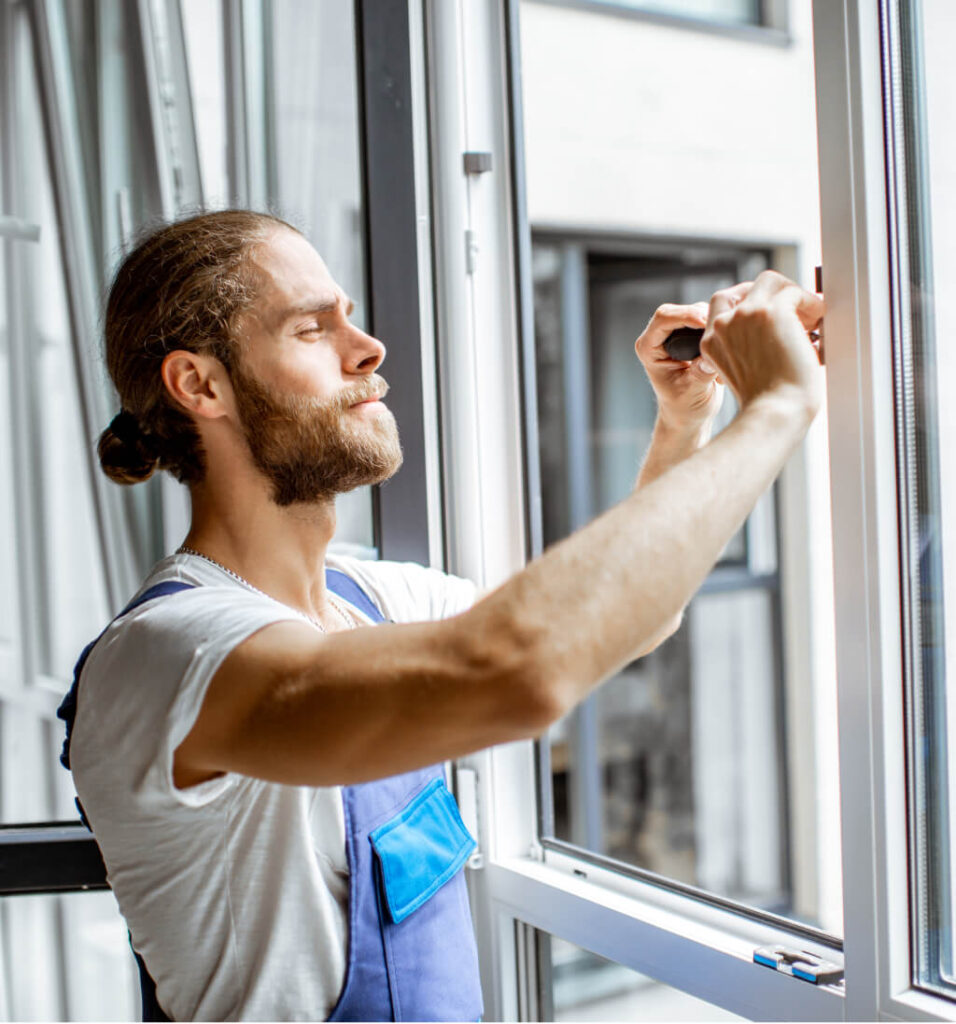
Lubricate the newly adjusted rollers
the rollers
How to Adjust Sliding Door Rollers?
One of the first things to check if your sliding door isn’t rolling smoothly is the rollers. To adjust sliding door rollers:
Lift the door up and out of the bottom track
This will allow you to access the rollers
Inspect each roller for signs of wear
Cracking, or debris stuck in them. Clean the rollers thoroughly.
Use a screwdriver
Tighten any loose screws securing the rollers in place
Twist the wheel portion of the roller
Raise or lower it. Adjust so the weight is evenly distributed on all rollers.
Unscrew and Replace
If any rollers are beyond repair, unscrew and replace them with new sliding door rollers.
Insert shims
Beneath any rollers that don't make good contact with the track.
Lubricate
The newly adjusted rollers and slide the door back into place. Test that it rolls smoothly.
Lubricating is key
Lubricating Sliding Door Tracks
To reduce friction along the door’s travel path, you’ll need to lubricate the tracks properly. Avoid household oil or grease, which can collect dust and gum things up. Here are good options:
– White lithium grease: This multi-purpose lubricant can be applied to both the roller wheels and metal tracks. Wipe away any excess.
– Silicone spray: The thin lubricant in these aerosol cans penetrates crevices. Spray both tracks then wipe any wet puddles.
– Graphite powder: This dry lubricant can be rubbed directly onto the tracks. Blow away or wipe up any excess.
– Bar soap: Rubbing a bar of soap along the tracks creates a smooth film of lubrication. Try this simple trick before other store-bought options.
– Candle wax: Much like soap, you can rub a candle back and forth along the length of the tracks to leave behind a thin wax coating.
Be sure to open and close the door a few times after lubricating to evenly distribute the product along the full range of the tracks. The door should operate noticeably smoother.

Reduce friction along the door’s travel path
Aligned and Straight Tracks
Checking for Aligned and Straight Tracks
If lubricating the sliding door’s hardware doesn’t solve the issue, the problem may be misaligned tracks. With the door lifted out, use a level tool to check that the vertical tracks are perfectly straight. Door tracks can get bent from normal use over many years or if force is applied.
To align bent tracks:
– Support the area of bent track from behind to avoid kinking it further.
– Apply firm pressure in the opposite direction of the bend with adjustable pliers.
– Work in small increments, rechecking with the level frequently to avoid over-correcting.
– Install shims behind any loose spots in the track to reinforce it.

When correctly aligned, the rollers should make continuous smooth contact with the track surfaces when sliding the door. Lubricate the newly aligned tracks before rehanging the door.
Inspecting the Hardware
Inspecting Sliding Door Hardware
Loose screws or failing components in the sliding door’s hardware can lead to the door sagging, rubbing, or derailing. Inspect the following:
- Rollers
- Track brackets
- Hanger hardware
- Locking mechanisms
- Bumpers and stops
- Rollers – Replace any that are cracked, badly worn, or broken.
- Track brackets – Tighten any loose screws to stabilize the tracks.
- Hanger hardware – Tighten loose fasteners connecting the door panel to rollers.
- Locking mechanisms – Adjust or replace any not engaging properly.
- Bumpers and stops – Verify these pieces at the endpoints are intact and in the proper adjustment range to cushion open and closed door positions.
Rolling Smoothly
Keeping Sliding Doors Rolling Smoothly
With some periodic maintenance, you can keep your sliding doors operating optimally for years:
– Every few months, lubricate the tracks and wipe down the door panels.
– Check for loose hardware and misalignments twice per year. Make adjustments as needed.
– Keep debris cleaned from tracks and sweep any dirt buildup near the door.
– During dry weather, use wood treatment oil on wood doors to prevent shrinking and swelling.
– Limit direct sunlight exposure which can cause the tracks to warp over time.
– Have aging rollers and warped tracks professionally replaced as necessary.

